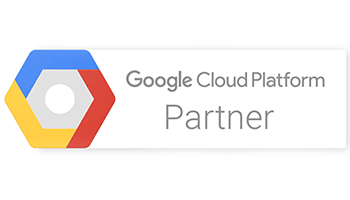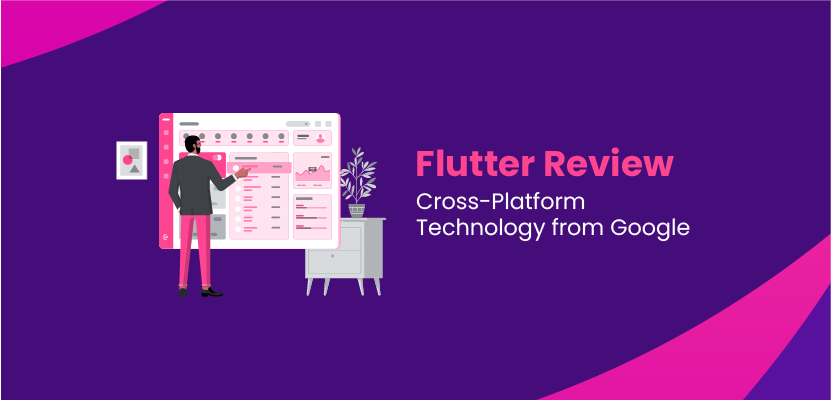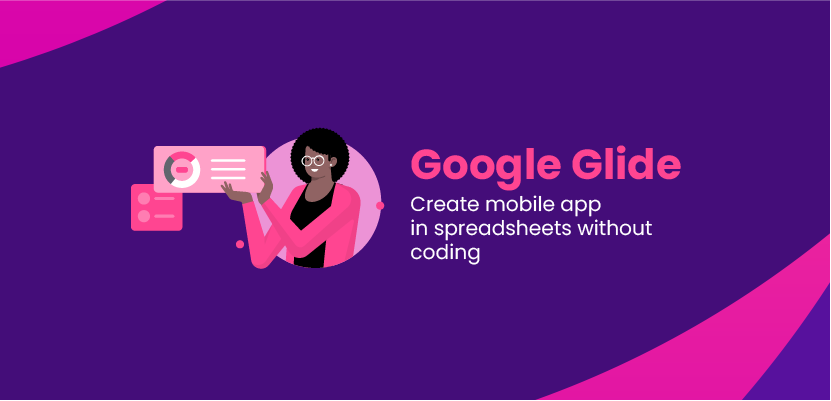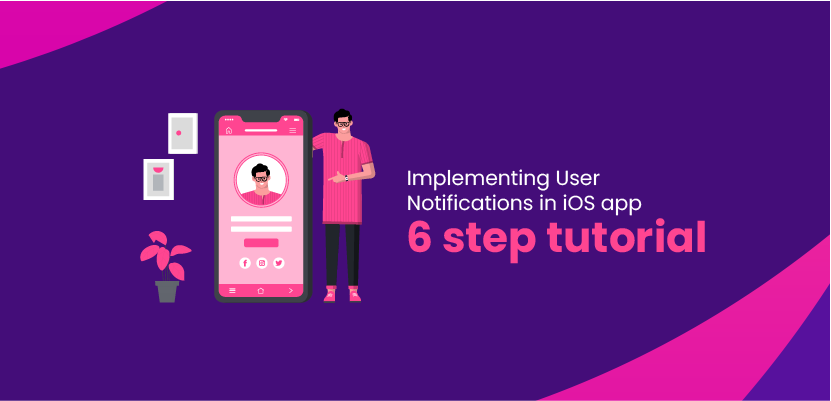How much does it cost to make a healthcare application in 2022?

Bartosz Pieślak

Alexa Trachim

Gareth Smith
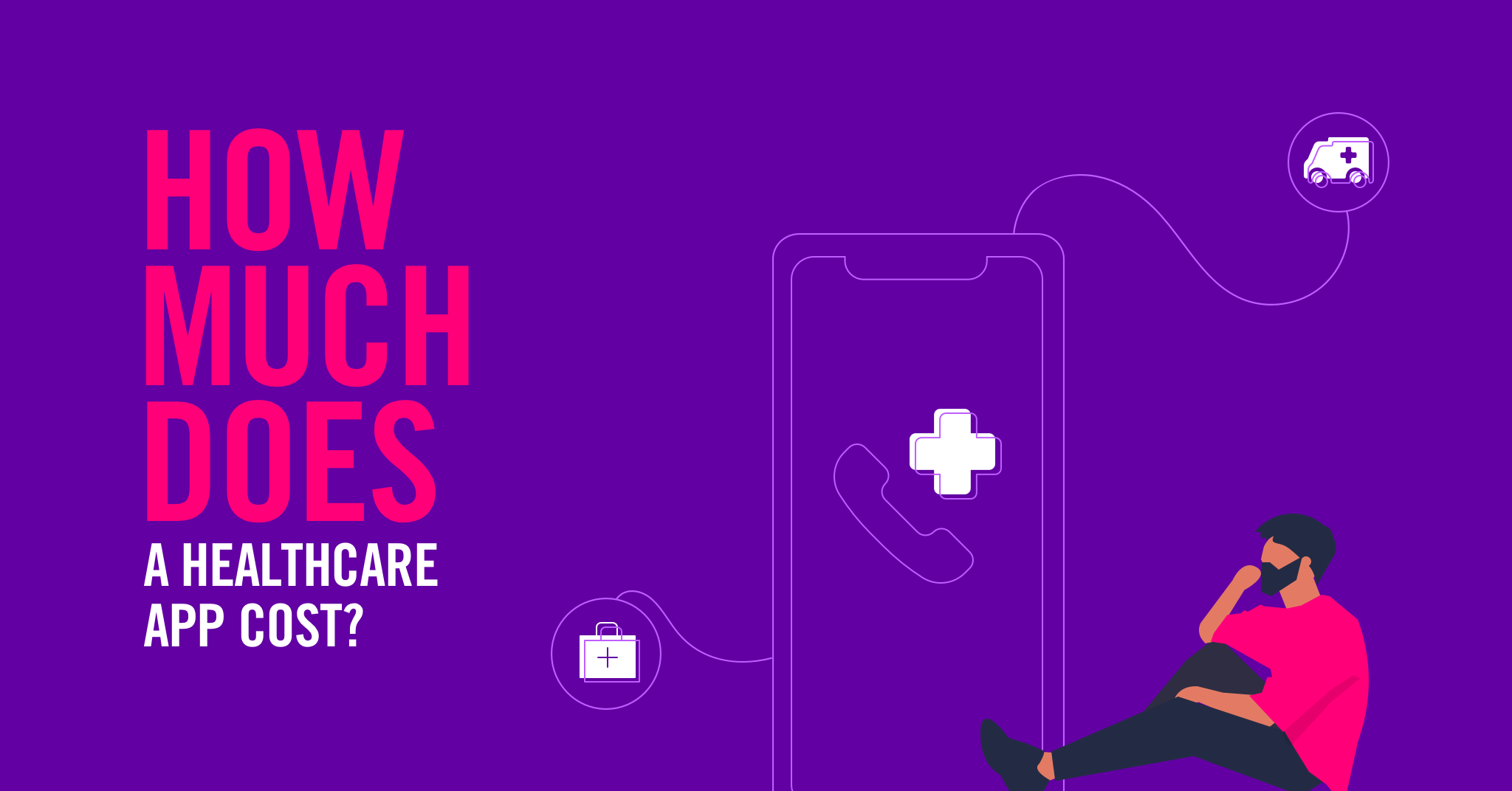
Telemedicine is a particular industry that started to gain popularity some time ago but skyrocketed with the COVID-19 pandemic. We will soon release an ebook on this subject, and right now, we want to discuss one of the most burning questions – how much do I need to pay for a healthcare app development?
It’s not that easy to answer. That’s why in this article, we will provide all the information that might be useful when estimating the cost of mobile apps in general and particularly for medical apps. Our goal is to give you basics so you can understand why developing an app is not cheap. With this article and our upcoming ebook, you will be prepared to conquer the telemedicine business world.
Table of contents
- How much does it cost to build an app?
- What influences the cost of a health app?
- Should I hire a software house for mobile app development?
– How does the process of mobile health app development look like? - Offshore development – how much does it cost?
- Team composition in healthcare app development
- Functionalities every health app should have
– Basic functionalities
– Healthcare features - Example estimation – find out more in our ebook!
- Case Studies
- Summary
How much does it cost to build an app?
Let’s start with a disclaimer: there is no way to provide the exact estimation without knowing the project’s details. All the simulations we present are based on our previous experiences and some assumptions we make to predict the cost of a particular app roughly.
You can check out our “Pricing” tab and see an example of app development costs estimation with details on team composition, features and requirements. We also answer frequently asked questions in this section – to give you an even more accurate image of such predictions.
Now we should focus specifically on medical apps.
What influences the cost of a health app?
Several factors can lower or increase the price of healthcare app development. First of all, you need to look at what you already have and what needs to be done. How many features does your mobile app require to deliver its purpose? And how advanced are they? Determining that is the first step.
If you already have some kind of system, there will be less work with back-end development, but if you need it from scratch – that’s more hours and more money. Same, if you need more products than just an app. More than one app (e.g., patient side and doctor side), website, web app, or desktop app are separate software pieces that require different skills and longer production time.
Technologies and frameworks you pick are also not without significance. Cross-platform app development can cost less than native, but it’s not as big of a difference as some claim. You also need to think about your app’s design – should it be simple or somewhat complex with animations and illustrations? That all can be an additional cost – but at the same time, they raise the value of your app and make it more appealing for your potential customers. And that investment can pay off in the future.
Last but not least, it’s all about the vendor. Will you pick a freelancer or hire a software house for mHealth app development? That’s the first question. Then you should select a location (nearby or offshore – see our other article: what is software outsourcing and how much does it cost) and look up the hourly rates of the companies you are interested in.
Should I hire a software house for mobile app development?
There are three possible options when it comes to medical app development.
- Building an in-house team of developers which means you will have to spend time on the recruitment process and onboarding.
- Find a freelancer that will be cheaper but will offer much less than a dedicated team.
- Hire a third-party software house that will develop a custom mobile health app and provide specialists who will lead the project from the idea to release.
The last one is definitely more beneficial. Hiring an IT company will be cheaper than having your own team but slightly more expensive than working with a freelancer. Still, we recommend investing in collaboration with an experienced software house.
First of all, you will work with experts in project management, development, design, quality assurance and more. That gives you a chance to prepare a custom healthcare app that will have the exact features you require and is branded according to your company’s vision. We will give you a detailed workflow plan based on our own process – to showcase how it is organized to deliver the best results.
How does the process of mobile health app development look like?
At itCraft, we always begin any collaboration with UX/UI workshops. They last for two days and are a chance to meet the team that will work on your medical app. During the workshops, the client determines their expectations and requirements. This way, we can create user stories that reflect all the needed features. It’s also the best time to choose mobile app development frameworks, draw initial prototypes of the mHealth app and roughly estimate how much it will cost to build this type of healthcare product. We can also try to predict approximate time-to-market.
YThen, the design stage begins. Our team prepares your medical app’s aesthetic side, keeping in mind your brand’s colors, fonts, the general vibe, and other elements you care about. Their goal is to create the best user experience by providing an intuitive, easy-to-use interface and modules. If your potential customer can achieve their goal in a simple way and at the same time can appreciate the visual side of the healthcare app – the design is splendid. As our client, you will receive several prototypes that will help us find out what is right and what is not necessary.
Now your mobile application will go into the development phase. Front-end development is creating the part of an app that is visible to the user, while the back-end is the system that is responsible for data processing. Not every digital health platform needs back-end development – if you already have some type of system, the app can be integrated with it.
Depending on picked technology, you will have your mobile health app developed for both Android and iOS with a cross-platform framework like Flutter or React Native, or we will make two mobile apps with respective native programming languages.
When development is done, it’s time for quality assurance. Tests are performed every step of the way because preventing bugs is more effective when it’s done regularly. Because mobile health solutions require to be secure and resistant to data leakages, tests need to be quite exhaustive.
Finally, when the app is done – we can release it and offer you support, maintenance and future expansion if you wish.
Offshore development – how much does it cost?
You may think – how much does it cost to build a mHealth app if it requires so many development stages? You can lower it by hiring an offshore team – especially from Eastern Europe. For example, in Poland, the cost of living is much lower than in the US or Australia. You still get qualified, seasoned workers who can deliver high-quality mobile apps, but you pay much less than hiring a software house from your own country.
You can find out more about that in our article: How Much Does it Cost to Outsource App Development in 2020? – where we explain all the details and tell you how to conduct such cooperation or in the article about Staff Augmentation where we explain what kind of oursourcing is that.
Team composition in healthcare app development
You might wonder who is who in healthcare application development projects and what their responsibilities are. Each role in such team is crucial to make sure the work is adequately organized, everything goes according to the plan and each part of the mobile app is delivered on time and according to specifics.
We hire more than 70 IT specialists at itCraft and each one is passionate about app development. Of course, the detailed team composition depends on the complexity of the project and the picked technologies. We will still give you a general outlook on roles you can expect when collaborating with a software house on your mHealth app.
We always start with a project manager and/or Scrum master. It is a person that is responsible for communication between the app development team and the product owner. Their duties also include organizing workflow, answering urgent matters, and updating the client about the project’s current situation. Scrum master also pays attention to the process and makes sure everyone is working according to Agile Scrum principles. Years of experience with this methodology taught us that it helps to produce better outcomes.
The next role in the team is UX/UI designer – a person responsible for your mobile app’s visual side. Starting with prototyping, they build an interface, graphical elements and the overall impression that the app will make on the potential customer. They are essential to make the app look great and for its working logic that will determine if the users will stay with it or ditch it and forget it.
There are many types of developers and the composition of concrete specialists in your mobile app development project depends on the arrangements from the workshop. You will definitely need a front-end developer and if you don’t have your own system – a back-end developer, too. If you picked a cross-platform framework for your mHealth app, you just need one team of developers to create the product for multiple platforms with only one codebase. For native medical apps, your team will consist of Android and iOS programmers responsible for individual versions.
Last but not least, there are QA engineers that can be crucial for lowering the development costs with their automatic and manual tests. Why is that? Because preventing bugs and caring for code quality means fewer problems after release. Updates and fixes can swallow a significant chunk of your budget, so never hire a software house without quality assurance. We elaborated more on this topic in our article: Why test if it should be working? Mobile – Quality Assurance – a tester’s perspective.
Functionalities every health app should have
There are basic, necessary features that almost every app needs to have. Then, we add more complex functions that are responsible for the core offer of the application. Digital health development costs can be higher because the healthcare industry requires legal compliances, better data security and various integrations with external systems.
Basic functionalities
- User registration and login process – the easiest way to provide them is to develop a module that allows social media profiles registration / login.
- User accounts / profiles – where the user can control their personal data and other application-specific information.
- Administration panel – for managing staff with analytics, user admin functionalities and content management system.
- Search engine – if required for the project.
- Push notifications – one of the main ways to communicate with the user.
- Payment gates – if your application offers paid services, there has to be a convenient way to pay for them.
- Messaging system – some kind of chat or other tool to send messages between users (e.g., doctor and patient).
The functionalities above are a necessary minimum to provide a digital health application that will fulfill your customers’ needs.
Healthcare features
More complex functions that will make your healthcare application a complete product.
- Video calls – that can be applied to other apps as well, but if you want your telemedicine software to allow doctors and patients real-time conversations, then you will need that feature.
- Integrations with external systems – for example, medical record platforms.
- Integrations with medical devices – if your healthcare app is supposed to be that advanced to synchronize with other devices, it is necessary.
- Security measures and compliance – healthcare apps need to be at least HIPAA and GDPR compliant, so you need to keep in mind that the app has to be adjusted to these legislations.
- Automation – depending on the type of healthcare application, it can remind about medication, track incidents or provide reports about the patient’s overall health.
And suppose you need even more advanced features like geolocation, Google maps integration, camera integration, advertisements, etc. In that case, you need to remember it will cost more and take a longer time to finish development.
Example estimation – find out more in our ebook!
In our ebook about telemedicine, we provide an example of cost estimation for digital health software based on assumptions made by our co-founder and CEO, Karol Wegner. He used his years of expertise to create a table that takes team composition, hourly rates and other factors into consideration. We share it with you here and for more – download the ebook! It will give you tons of useful information about e-health.
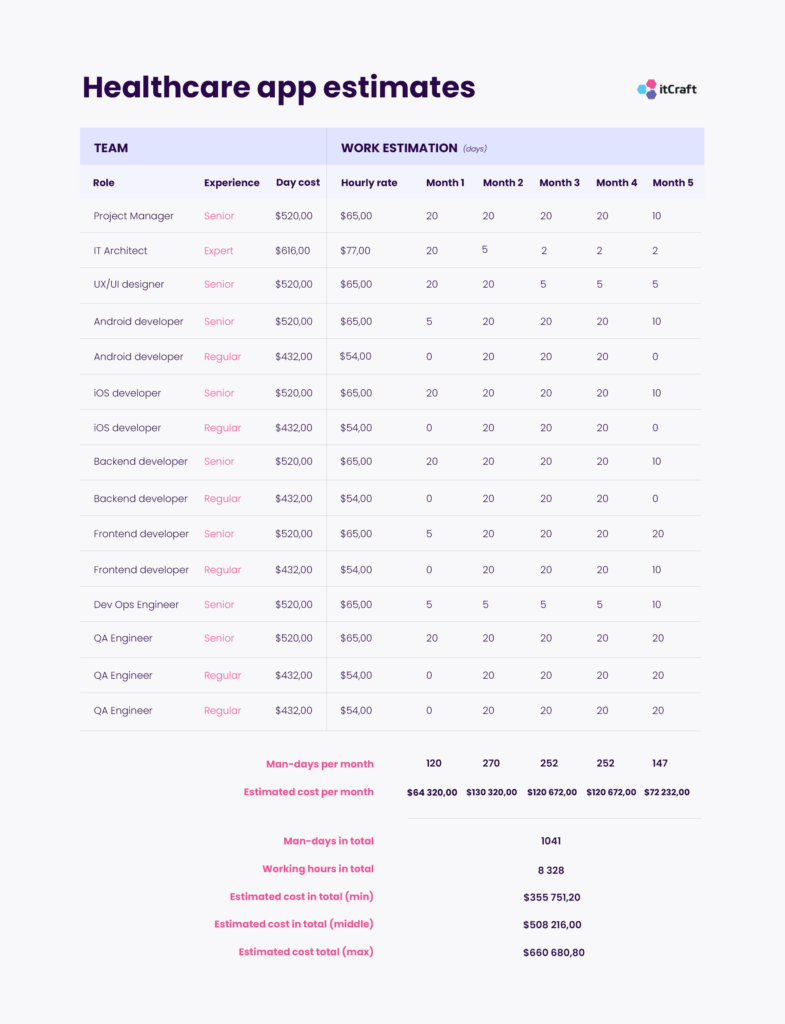
Also – check out our case studies
In the ebook, we’ve asked experts from digital healthcare companies about their telemedicine experience and their predictions for the future in this industry. Some of them were our clients before. We’ve been helping healthcare companies digitalize their businesses for quite some time.
If you are interested in what we did, here are our case studies:
- HomeDoctor case study – a healthcare app for booking home visits and connecting with physicians.
- SupraCare case study – a system for nursing homes that organizes work and helps to make better decisions.
- Egis case study – a medication-taking reminder app.
- Mobil@Doktorn case study – a telemedicine platform inspired by Uber.
- Simple case study – a cloud-based food management system for medical facilities.
Let’s work together on your healthcare app
As you can see, we know a lot about healthcare application development. We can help you to create a software product for telemedicine purposes. If you are still unsure about the industry or want to learn more about it – stay tuned with our website and social media profiles, because soon we will release our ebook. It will be an ultimate guide to e-health covering all essential matters like legislation, business models, development and future trends.

